Johna Crull, PT, DPT, OCS, MTC, CMTPT, ATC – Instructor
In the realm of trigger point dry needling, practitioners often encounter a myriad of challenges that can impede the delivery of precise and effective care. From limited patient tolerance to the complexities of accessing difficult trigger points, navigating these obstacles requires a multifaceted approach that combines skill, precision, and adaptability.
Through years of teaching trigger point dry needling courses, we’ve observed common hurdles that students face, ranging from palpation hand fatigue to the limitations of therapist comfort with specific techniques. These challenges can hinder the therapist’s ability to accurately locate and target trigger points, compromising the efficacy of treatment.
In response to these obstacles, the integration of manual trigger point therapy into treatments can offer several benefits. By incorporating manual techniques alongside dry needling, therapists can not only enhance accessibility to difficult trigger points but also refine their palpation skills and build hand endurance—essential attributes for delivering precise and effective care.
Novice practitioners often grapple with palpation hand fatigue and limited specificity, particularly when using their non-dominant hand while wearing gloves. However, through repeated practice and the incorporation of manual trigger point work, therapists can overcome these challenges. By honing their palpation accuracy, developing nuanced soft tissue grips, and enhancing hand endurance, they lay the foundation for proficient dry needling and comprehensive patient care.
Moreover, the integration of manual release serves as a valuable adjunct in the pursuit of mastering trigger point dry needling. By mastering palpation skills and refining soft tissue grips, therapists expand their therapeutic repertoire and empower themselves to deliver precise, effective, and enhanced care.
The fusion of manual trigger point therapy with dry needling not only addresses common obstacles encountered in clinical practice but also elevates the standard of care provided to patients. Through continuous learning, practice, and adaptation, therapists can navigate the complexities of trigger point therapy with confidence, precision, and proficiency, ultimately optimizing patient outcomes and advancing the field of musculoskeletal rehabilitation. It is important to remember trigger point dry needling is not a stand-alone intervention.
Photo by Bas Peperzak on Unsplash
The Obvious Choice for Dry Needling Education
Dry Needling Course Series

The Dry Needling 1 course is an excellent starting point for learning the fundamentals of dry needling therapy. With a focus on the safe and effective application of dry needling techniques, you will gain a solid understanding of myofascial trigger points, needling techniques, precautions, and how to apply these techniques in clinical practice.

The Dry Needling 2 course is an intermediate-level course that provides in-depth knowledge and hands-on training for dry needling techniques of the extremities, including the upper and lower body. By completing this course, you will expand upon the skills you acquired in the DN-1 course and better understand the application of dry needling for managing musculoskeletal pain and dysfunction.

The Dry Needling 3 course is the final course in the series and the last step before becoming a Certified Myofascial Trigger Point Therapist – Dry Needling (CMTPT/DN). This course offers an in-depth study of advanced dry needling techniques for hand muscles, several lower extremity and foot muscles, the craniofacial and craniomandibular muscles, and more.

